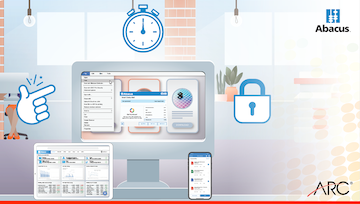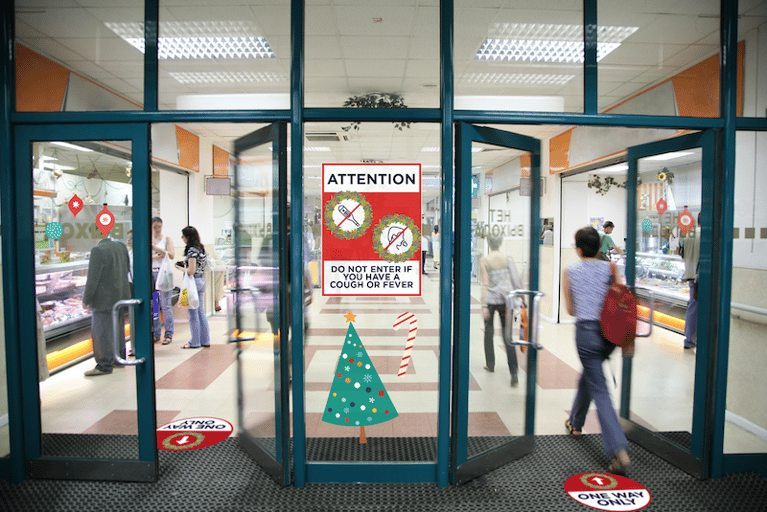The Omaha Zoo Foundation had run out of office space. To expand—without the expense of renting or constructing new space—the nonprofit decided to digitize its entire records room.
 It was simple enough: get the documents out, scan them, and move the new office in. The only hard part would be finding a vendor they could trust to handle 125,000 documents containing sensitive, confidential information.
It was simple enough: get the documents out, scan them, and move the new office in. The only hard part would be finding a vendor they could trust to handle 125,000 documents containing sensitive, confidential information.
Except, not long after they found that vendor, they were confronted with the issue of what to do with those documents once they were scanned.
ARC and The Omaha Zoo Foundation Team Up
The project owner at the Omaha Zoo Foundation reached out to ARC Omaha and got in touch with Rob Williams. The two sat down to discuss the project scope, budget, storage options, and other project details. They established a chain of custody process to box, label, and transport records to ARC Omaha from The Foundation for production.
ARC was awarded the contract in February of 2018. ARC was to scan all 125,000 documents, provide an electronic database, and shred documents upon client review of the digital versions.
Thinking Beyond the Large Scanning Project
In most cases, the client’s primary goal in a bulk document scanning project like this is to free up space. But too much focus on freeing up space can distract from another important issue. That is, what’s going to happen with these documents once they’re digitized?
Usually, that question is met with a blank stare. After all, it’s hard to imagine how your workflow changes when 125,000 documents are suddenly stored on your computer. The general assumption is that it will be easier—that’s simply not true.
In the Omaha Zoo Foundation’s case, the plan was to use Sharepoint. But their experience with it hadn’t been promising. There was too much set up and customization required.
Discovery of SKYSITE Facilities and Archive
Fortunately, having seen the struggles of other clients who opted to only scan their documents, Rob Williams placed a small sampling of The Foundation’s documents in the SKYSITE platform. This allowed them to get their hands on the tools and visualize their operation with a true document management solution in place.
Of course, they had already committed funds and resources to Sharepoint. But the case for SKYSITE was compelling, even before Williams walked the client through setting up a retention schedule through the new platform. Plus, SKYSITE interfaces seamlessly with Sharepoint.
Ultimately, The Foundation chose to bring SKYSITE into the fold. Now, in addition to having freed up their records room and safely stored all their records, they can search and retrieve documents, create campaigns, and segment documents as they’re scanned and digitized.
Conclusion: 3 Key Takeaways
For any organization with a large amount of digital and/or paper documents, the Omaha Zoo Foundation’s bulk scanning and archiving project provides several interesting takeaways.
Takeaway #1: Trigger Events
There’s no getting around it: large scanning projects take time. And even though the payoffs can be huge, many organizations often avoid it until something—a trigger event—forces them to take action. In the Omaha Zoo Foundation’s case, the trigger was their need for more office space.
But this approach is problematic.
The Foundation was blown away with their ability to manage documents when they adopted SKYSITE. In addition to their extra office space, they had even greater ROI in the form of less time searching for and organizing essential documents. Plus, they eliminated the risk that a rodent infestation, fire, or flood could destroy valuable documents.
Even without the freed up office space, it’s clear that digitizing records and placing them on a secure platform like SKYSITE is worth the investment.
Takeaway #2: Apply Leverage to your Large Scanning Projects
As mentioned earlier, most of our customers have trouble imagining how their document management processes will transform when their records are digitized. As a result, they don’t plan for life after digitization. Rather, they assume that everything will be easier when documents are digitized.
If you’ve never managed 100,000 documents on a digital platform, you can’t plan for it. But this is a problem, because there isn’t a better time to migrate to a smart digital platform like SKYSITE than at the same time that you’re digitizing documents.
Doing it at the same time, rather than waiting, provides cost and resource efficiencies for everyone involved in the scanning and archiving project. In short, more value is created for less cost.
Takeaway #3: Planning a Bulk Document Scanning Project? Learn More About SKYSITE Facilities and Archive.
There is life after bulk document digitization, but the quality of that post-digitization life depends on the decisions you make before starting to scan.
Take a peek behind the curtain of a robust document management solution. Get the help you need to capture, organize, and centralize all your paper and digital documents for instant access to your information from any mobile or desktop device.
–
Related





